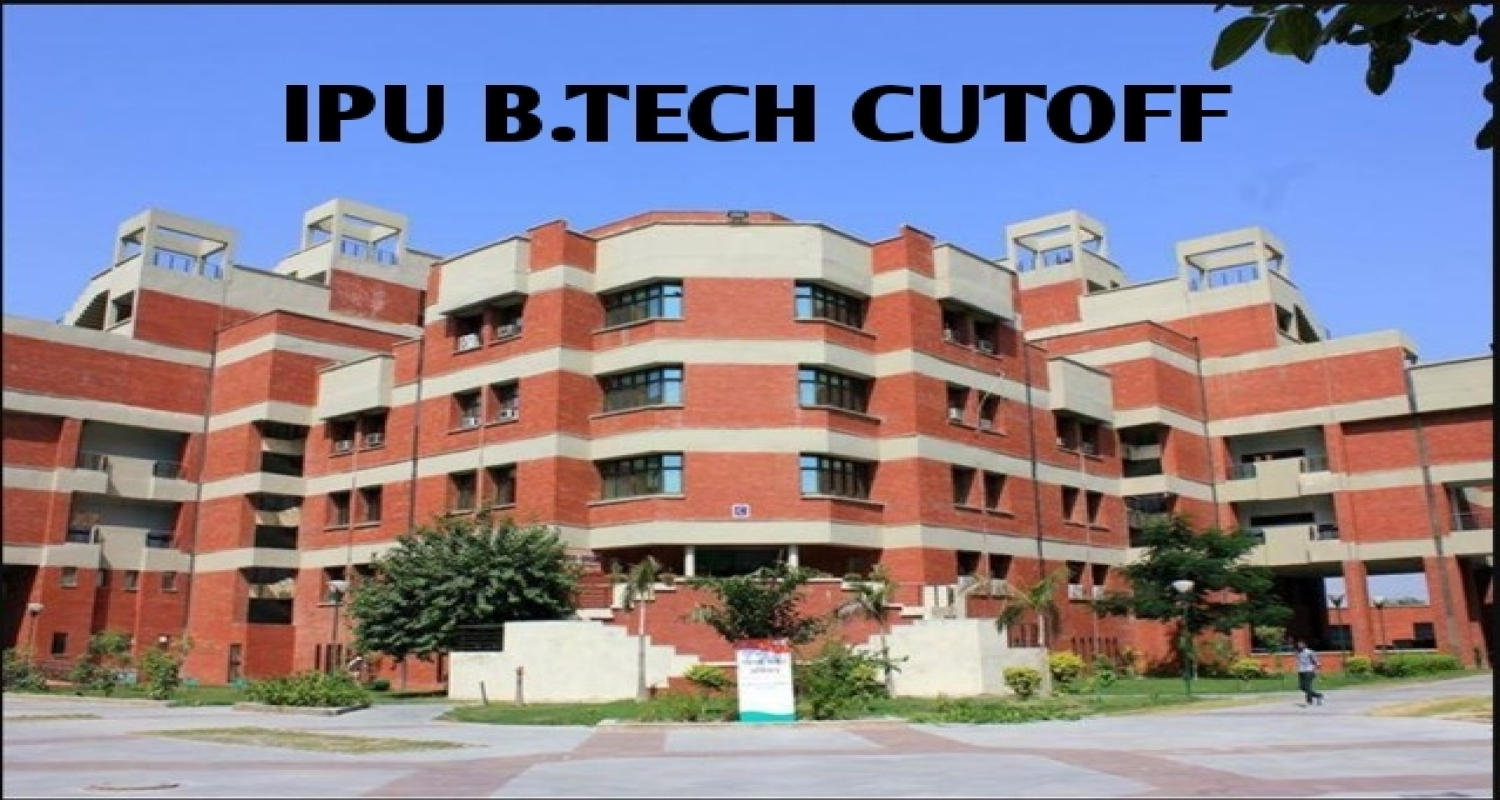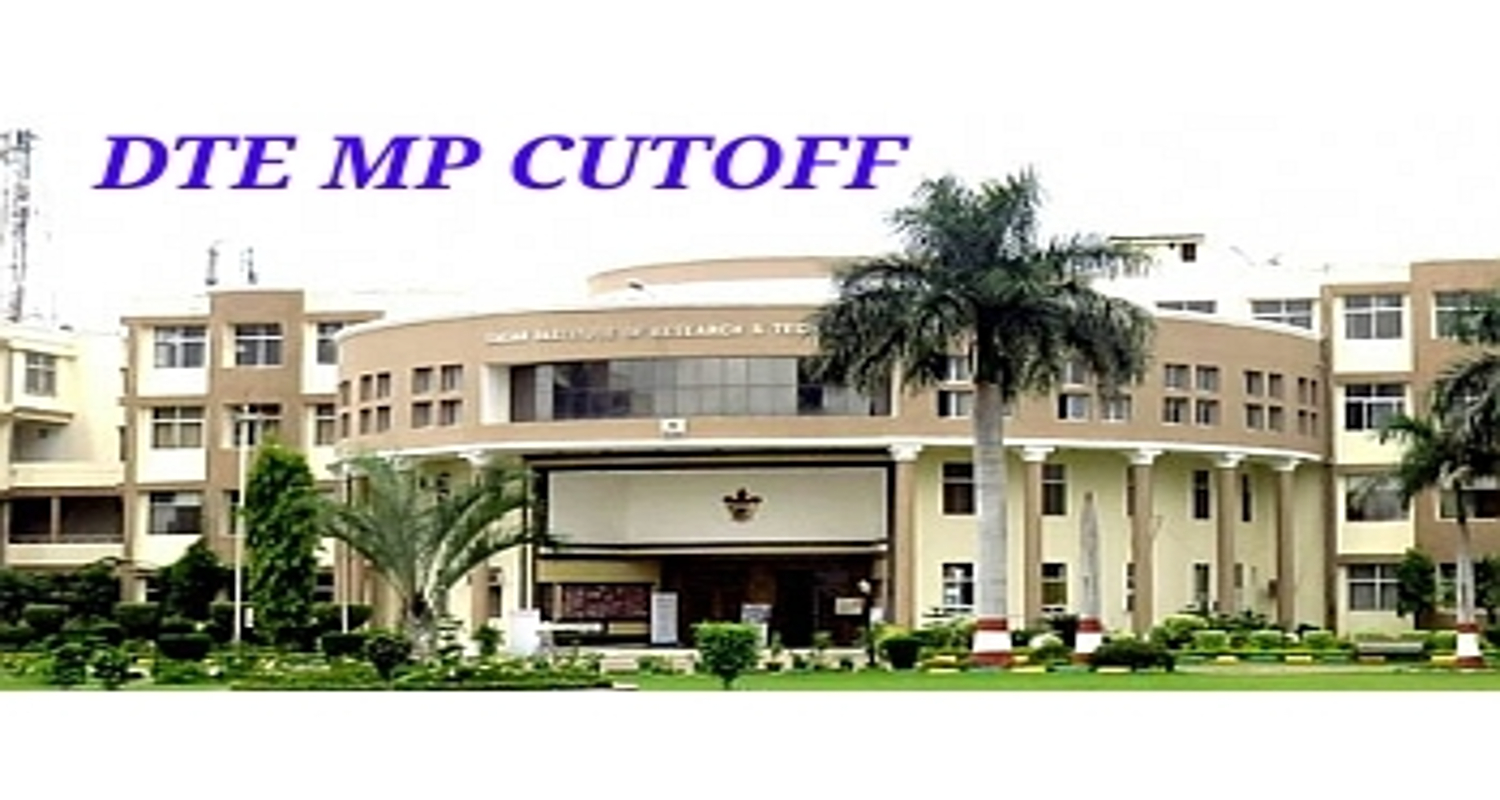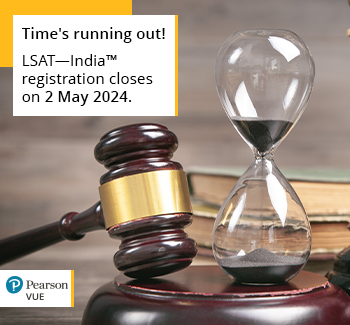New Education Policy 2020 - Major Changes, Challenges and Way Forward

New Education Policy 2020 - Major Changes, Challenges and Way Forward:
The Indian Education System has been heavily criticized for becoming obsolete as the existing examination system emphasized rote learning models of memorization and repetition with no use of those concepts in real life. However, the New Education Policy approved by the Union Cabinet aims to bring about significant changes and make India a ‘global knowledge power’.
For any Queries or Guidance regarding Entrance Exams, Colleges and more call on 9310486685
To know college based on your merit and on-call Counselling, Regular Alerts and Personalized Time Table Click here
To Download Board and Entrance Exam Papers, Click Here
Union Ministers for Information and Broadcasting (I&B) Prakash Javadekar and Human Resource Development (HRD) Ramesh Pokhriyal Nishank, made the announcement on the NEP- 2020. Earlier on May 1, Prime Minister Narendra Modi reviewed the NEP- 2020, the draft was prepared by a panel of experts led by former ISRO chief K Kasturirangan.
The Cabinet has also approved the renaming of the Ministry of Human Resource Development to the Ministry of Education. Since independence, NEP 2020 is the third major revamp of India’s education framework. The two earlier education policies were brought in 1968 and 1986.
NEED AND VISIONS
- An underlying theme of the New Education Policy for professional education is education with ethics. It aims to provide a visionary and comprehensive framework for both school and higher education across the country.
- The global education development agenda reflected in the Goal 4 (SDG4) of the 2030 Agenda for Sustainable Development, adopted by India in 2015 - seeks to “ensure inclusive and equitable quality education and promote lifelong learning opportunities for all” by 2030. Such a lofty goal will require the entire education system to be reconfigured to support and foster learning, so that all of the critical targets and goals (SDGs) of the 2030 Agenda for Sustainable Development can be achieved.
- Since the policy seeks focus on multidisciplinary education rather than stand-alone professional universities, it would promote holistic and globally competitive education.
- Owing to the pandemic, the world is witnessing a digital transformation. NEP recognizes this and aims to integrate technology to improve education in the country. It provides the creation of an autonomous body, the National Educational Technology Forum (NETF), as a platform for the exchange of ideas on the use of technology to enhance learning, assessment, planning, and administration.
- There was an acute need for changes in the structure of Indian higher education and the policy acknowledged this by recommending a shift from higher education institutes (HEI) to large multidisciplinary universities. HEIs would be grouped into three categories: research universities, teaching universities and colleges.
PRINCIPLES OF THIS POLICY
The purpose of the education system is to develop good human beings capable of rational thought and action, possessing compassion and empathy, courage and resilience, scientific temper and creative imagination, with sound ethical moorings and values.
A good education institution is one in which every student feels welcomed and cared for, where a safe and stimulating learning environment exists, with a wide range of learning experiences, good infrastructure and appropriate resources conducive to learning available to all students.
The fundamental principles that will guide both the education system at large, as well as the individual institutions within it are:
• recognizing, identifying, and fostering the unique capabilities of each student, by sensitizing teachers as well as parents to promote each student’s holistic development in both academic and non-academic spheres;
• education is a public service; access to quality education must be considered a basic right of every child;
• according the highest priority to achieving Foundational Literacy and Numeracy by all students by Grade 3;
• flexibility, so that learners have the ability to choose their own paths in life according to their talents and interests;
• creativity and critical thinking to encourage logical decision-making and innovation;
• ethical and constitutional values like empathy, respect for others, courtesy, respect for public property, scientific temper, liberty, responsibility, equality, and justice;
• promoting multilingualism and the power of language in teaching and learning;
• life skills such as communication, cooperation, teamwork, and resilience;
• extensive use of technology in teaching and learning, removing language barriers, increasing access;
• synergy in curriculum across all levels of education from early childhood care and education to school education to higher education;
• development of a sense of pride in India, and its rich, diverse, ancient and modern culture and knowledge systems and traditions;
CHANGES
The New Education Policy set in motion significant changes in school education, higher education, teacher training and recruitment among many others.
SCHOOL EDUCATION
- The current 10+2 system to be replaced by a new 5+3+3+4 curricular structure corresponding to ages 3-8, 8-11, 11-14, and 14-18 years respectively.
- Early Childhood Care and Education required strong investment as it has the potential to give all young children such access, enabling them to participate and flourish in the educational system throughout their lives. Universal provisioning of quality early childhood development, care, and education must thus be achieved as soon as possible, and no later than 2030, to ensure that all students entering Grade 1 are school ready.
- It will bring the age group of 3-6 years under school curriculum, which has been recognized globally as the crucial stage of development of mental faculties of a child.
- All students will take school examinations in Grade 3, 5, and 8 to track progress throughout the school years, and not just at the end of Grades 10 and 12. These examinations would test achievement of basic learning outcomes, through assessment of core concepts and knowledge from the national and local curricula, along with relevant higher-order skills and application of knowledge in real-life situations, rather than rote memorization.
- Class 10 and 12 board examinations would be made easier and primarily focused to test core competencies rather than memorizing skills. Moreover, students would be allowed to take the exam twice. Certain subjects could be redesigned to have two parts – one part of an objective type with multiple-choice questions and the other of a descriptive type.
- Students until Grade 5 would be taught in their mother tongue/regional language. No language will be imposed on any student.
- In addition to high quality offerings in Indian languages and English, foreign languages, such as Korean, Japanese, Thai, French, German, Spanish, Portuguese, and Russian, will also be offered at the secondary level, for students to learn about the cultures of the world and to enrich their global knowledge according to their own interests and aspirations.
- There will be no rigid separation between academic streams, extracurricular, vocational streams in schools. Subjects such as physical education, art, and vocational skills, in addition to science, humanities, and mathematics, will be incorporated throughout the school curriculum.
- Bagless days would be held throughout the years for enrichment activities such as arts, quizzes, sports and vocational crafts.
HIGHER EDUCATION
- Gross Enrolment Ratio (GER) in higher education to be raised from 26.3% to 50% by 2035 and 3.5 crore seats to be added in higher education. GER is the total enrolment within a country in a specific level of education, regardless of age, expressed as a percentage of the population in the official age group corresponding to this level of education. The GER can be over 100% as it includes students who may be older or younger than the official age group. The GER for Grades 6-8 was 90.9%, while for Grades 9-10 and 11-12 it was only 79.3% and 56.5%, respectively - indicating that a significant proportion of enrolled students drop out after Grade 5 and especially after Grade 8.
- Multiple exit options and flexible curriculum would be introduced for courses within a period of 3 or 4 years.
- A certificate course after completing 1 year in a discipline or field, or a diploma after 2 years of study, or a Bachelor’s degree after a 3-year programme will be given. M Phil courses will be discontinued and all courses at undergraduate, postgraduate and PhD level will be interdisciplinary.
- NEP plans to establish an Academic Bank of Credits to facilitate Transfer of Credits. The credits earned by the students can be stored and when the final degree gets completed, those can be counted.
- Along with Multidisciplinary Education and Research Universities (MERUs) at par with IITs, IIMs, which are set up as models of best multidisciplinary education according to global standards.
- Higher Education Commission of India (HECI) will be set up as a single umbrella body for higher education, excluding medical and legal education. Public and private institutions will be governed by the same set of norms for regulation, accreditation and academic standards.
TEACHER’S TRAINING AND RECRUITMENT
A new and comprehensive National Curriculum Framework for Teacher Education, (NCFTE) 2021, will be formulated by the National Council for Teacher Education (NCTE) in consultation with National Council of Educational Research and Training (NCERT).
By 2030, the minimum degree qualification for teaching will be a 4-year integrated B.Ed. degree. Stringent action will be taken against substandard stand-alone Teacher Education Institutions (TEIs).
Teacher Eligibility Tests (TETs) will be strengthened to inculcate better test material, both in terms of content and pedagogy. These will also be extended to cover teachers across all stages (Foundational, Preparatory, Middle and Secondary) of school education. Teachers in private as well public schools must have to be qualified through TET, a demonstration/interview, and knowledge of local languages.
OTHER CHANGES
- Students of class 6 and onwards will be taught coding in schools as a part of 21st century skills.
- Curriculum content will be reduced in each subject to its core essentials, and make space for critical thinking, inquiry-based, discussion-based, and analysis-based learning. The mandated content will focus on key concepts, ideas, applications, and problem-solving.
- High performing Indian universities will be encouraged to set up campuses in other countries. Selected universities like those from among the top 100 universities in the world will be facilitated to operate in India.
- New Education Policy proposes the setting up of an Indian Institute of Translation and Interpretation (IITI) while also laying significant emphasis on Sanskrit and other Indian languages.
- For university entrance exams, The National Testing Agency (NTA) will offer a high-quality common aptitude test, as well as specialized common subject exams in the sciences, languages, commerce, humanities, arts, and vocational subjects, at least twice every year. Rather than having hundreds of universities each devising their own entrance exams the NTA would - thereby drastically reducing the burden on students, universities and colleges, and the entire education system.
- Development of technology-based options for adult learning such as apps, online courses/modules, online books, and ICT-equipped libraries and Adult Education Centers, etc.
- The nutrition and health (including mental health) of children will be addressed, through healthy meals and regular health check-ups, and health cards will be issued to monitor the same.
- A pupil-teacher ratio (PTR) of under 30:1 will be ensured at the level of each school; areas having large numbers of socio-economically disadvantaged students will aim for a PTR of under 25:1. Teachers will be trained, encouraged, and supported - with continuous professional development - to impart foundational literacy and numeracy.
- National Institute of Open Schooling (NIOS) and State Open Schools will also offer A, B and C levels that are equivalent to Grades 3, 5, and 8 of the formal school system; secondary education programs that are equivalent to Grades 10 and 12; vocational education courses/programs; and adult literacy and life-enrichment programs.
- Indian Sign Language (ISL) will be standardized across the country, and National and State curriculum materials developed, for use by students with hearing impairment.
- NEP would bring 3.22 crore out of school children back into the mainstream through an open schooling system.
- A National Book Promotion Policy will be formulated and public as well as school libraries will be significantly expanded to build a culture of reading across the country.
- The progress card will be a 360-degree multidimensional report that reflects in great detail the progress as well as the uniqueness of each learner in the cognitive, affective, and psychomotor domains. It will include self-assessment and peer assessment, and progress of the child in project-based and inquiry-based learning, quizzes, role plays, group work, along with teacher assessment.
These plans for major transformational reforms in the Indian academic sector are appreciated by many but along with that there is also criticism which focus on the drawbacks of this new education policy.
So, what are the pros and cons of the new education policy 2020?
|
Advantages |
Challenges |
|
Students need to stop rote learning and they should be able to understand how to integrate different viewpoints and to craft their responses depending on the changing environment and inputs. The removal of stringent streams imposed on students after Class 10, helps them study the subjects they are interested in without any restraints. |
In the National Education Policy 2020, the medium of instruction until Class 5 is the regional language, mother tongue or the local language. It does not force any languages on the students. However, the movement of people from one state to another would be restricted because different states would teach students in their regional languages. |
|
NEP’s plans of facilitating easy entry/exit in between semesters will not only allow students to decide how much to study, but also allow them to decide when to study. For example, a student may need to start working after 4 semesters, but have the right and ability to go back at a later time to complete their education and graduate with a 4-year degree. This fits in well with people learn throughout their life and allows them to keep learning what is currently in demand in the marketplace. |
Children in government schools would not be taught English in their formative years; this puts them at a disadvantage as compared to children studying in private schools. Therefore, increasing the gap between the students from different strata of society. If a student only begins to learn English 7 years later to that of students in private schools, the difference is that these students might not have environments conducive to speaking, writing, and reading English.
|
|
The government aims to increase its contribution towards the education sector from 1.7% of GDP to 6% of GDP. This is a positive change as India’s contribution towards education has been the lowest among many developed and developing nations.
|
Lots of students focus on education with a goal of getting a high paying job. In order for this to happen, job opportunities during each exit points need to be planned well in advance so that students can have a focused approach as they make decisions about when to exit the college system. |
|
The NEP offers students the ability to have a broad-based education through multidisciplinary learning which leads to higher order thinking abilities. This step is very important considering students in India tend to focus on subject matters like engineering or medicine at an early age and miss out on exposure to other aspects of life like humanities and music and arts. |
Under the new system, one has to study for four years to complete their graduation. However, the question arises as to why the student will continue with the program if he/she can get the diploma in two years? If he/she left the program mid-way after two years, then he/she could easily have two years of experience of work which will be valuable in the long run.
|
Conclusion
Even though there are some drawbacks in the new education policy, the merits are significantly overpowering. With the introduction of NEP 2020, many changes have been made and it is believed by many that by implementing these changes, the Indian academic system will be taken a step higher.
In short, NEP provides integral elements for a leap in the future. It remains to be seen how this will be achieved. We look forward to its implementation for fulfilling the promise of a 'New India.'
About Author

Ojasvi Gupta
Ojasvi Gupta has worked for the Indian Express and Enactus DSC as a writer. Currently pursuing BCom Hons from Delhi University, she loves to spend her free time listening to music, reading, or playing with her dog. With her strong inclination towards writing, she serves as an author for Educere India.







